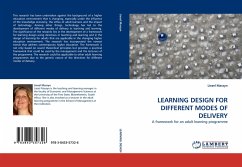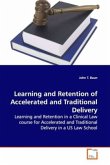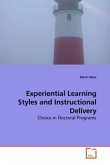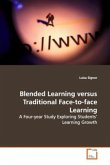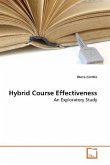The trend towards using multimedia learning environments as the preferred basis for teaching has increased dramatically over recent years. This book reports on the current research trends, investigating the development of multimedia course materials. Specifically, it will analyse relevant design issues and reflect on the concepts involved in catering for a multiliterate clientele and how the use of multiple representations may enhance the learning opportunities of students. It first investigates the place of learning styles and what should be considered when preparing instructional material, looking closely at the importance of visualisation in the representation of concepts. It will be seen that our understanding of these basic concepts will play an important role in course design. Secondly, it will investigate the cognitive constraints experienced by learners when information is displayed in multiple ways and whether it is beneficial to cognition to provide users with a level of interactive choice. Finally a set of design heuristics will be proposed to be considered by designers when developing multimedia instructional materials.
Bitte wählen Sie Ihr Anliegen aus.
Rechnungen
Retourenschein anfordern
Bestellstatus
Storno


